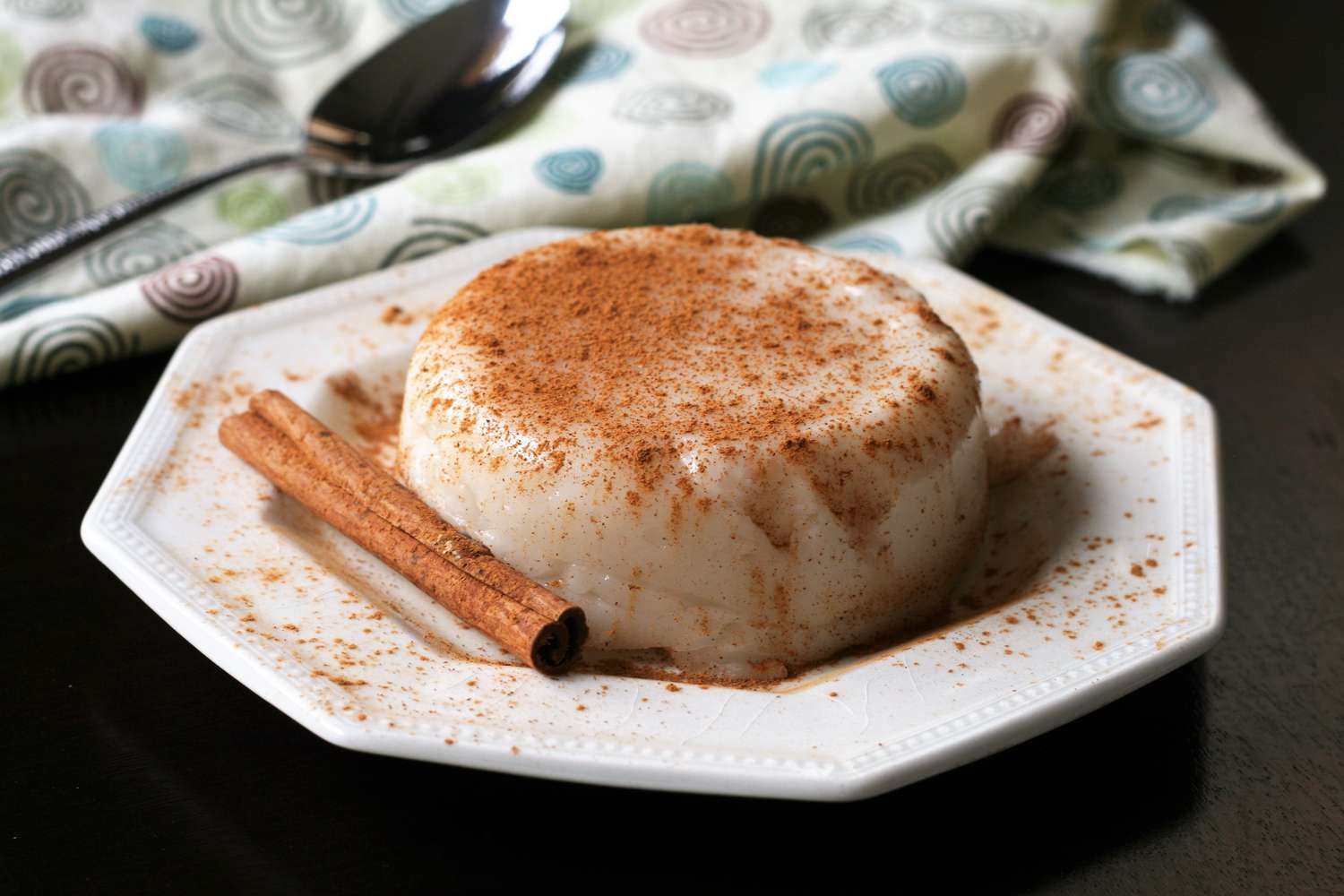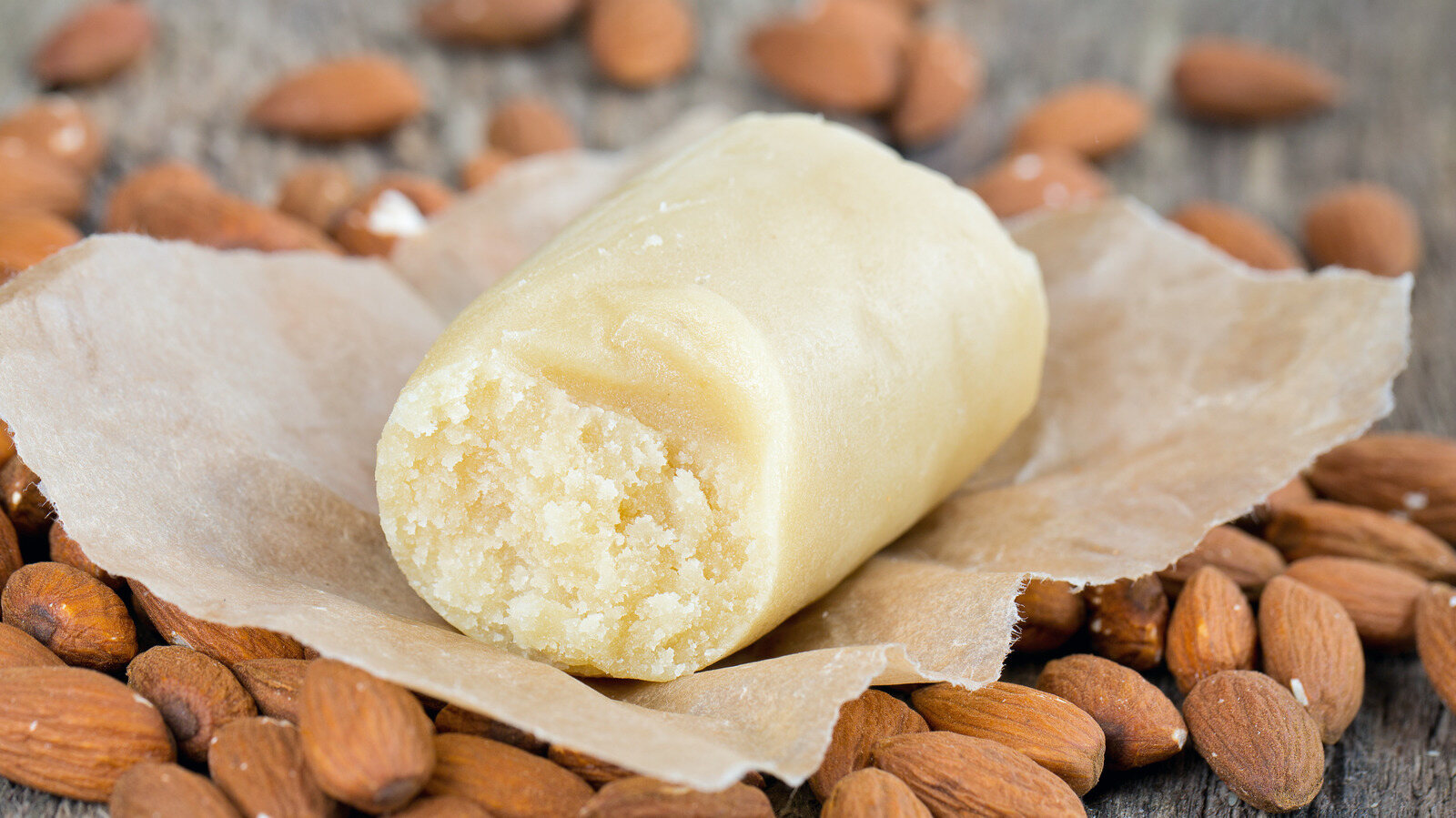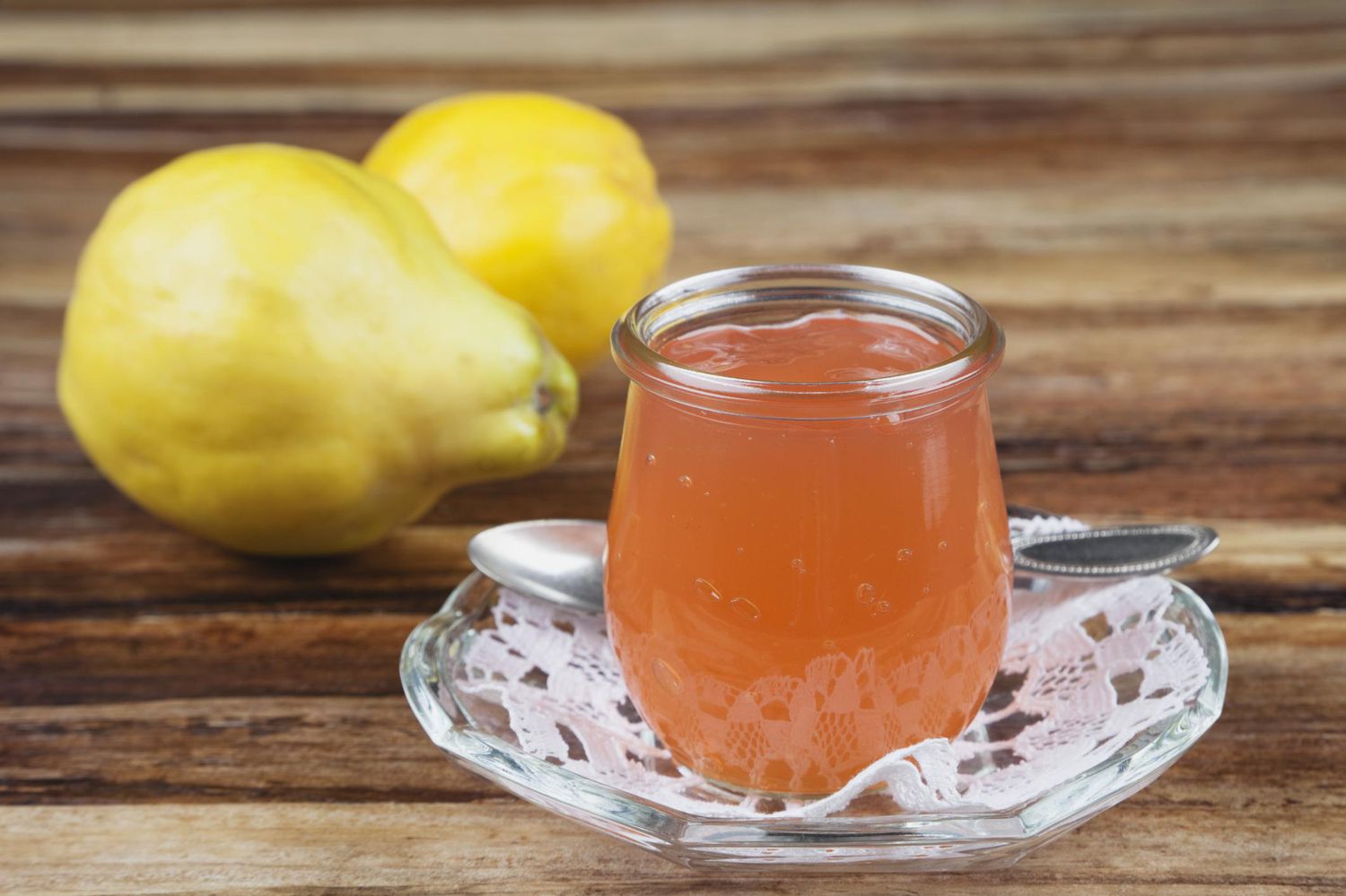Understanding the Difference Between Frozen Yogurt and Ice Cream
When it comes to frozen treats, two popular options that often come to mind are frozen yogurt and ice cream. While they may seem similar at first glance, there are some key differences between the two that can impact their taste, texture, and nutritional value. Let’s take a closer look at the characteristics of frozen yogurt and ice cream to understand what sets them apart.
Ingredients
Frozen Yogurt:
- Contains yogurt cultures
- Lower in fat content
- May include added sugars and flavorings
Ice Cream:
- Contains cream and milk
- Higher in fat content
- May include egg yolks, sugar, and flavorings
One of the primary differences between frozen yogurt and ice cream lies in their ingredients. While frozen yogurt is made with yogurt cultures, ice cream is crafted from a combination of cream and milk. This distinction contributes to variations in taste and nutritional composition.
Texture and Creaminess
Frozen Yogurt:
- Generally lighter and less creamy
- May have a slightly tangy flavor due to the presence of yogurt cultures
Ice Cream:
- Rich and creamy texture
- Higher fat content contributes to a smoother mouthfeel
When it comes to texture, ice cream is known for its rich and creamy consistency, thanks to the higher fat content from the cream. On the other hand, frozen yogurt tends to be lighter and less creamy, with a slightly tangy flavor that comes from the yogurt cultures.
Nutritional Profile
Frozen Yogurt:
- Lower in fat and calories
- May contain probiotics, which can support gut health
- Varies based on added sugars and flavorings
Ice Cream:
- Higher in fat and calories
- Rich in calcium and protein from the milk and cream
- May contain higher levels of added sugars and saturated fats
From a nutritional standpoint, frozen yogurt is often perceived as the healthier option due to its lower fat and calorie content. Some varieties of frozen yogurt also contain probiotics, which can be beneficial for gut health. On the other hand, ice cream is higher in fat and calories, but it also provides essential nutrients such as calcium and protein from the dairy ingredients.
Flavor Options
Frozen Yogurt:
- Available in a wide range of flavors, including fruit-based options
- May offer more tart and tangy varieties
Ice Cream:
- Offers a diverse selection of flavors, including chocolate, vanilla, and nut-based options
- Varies in sweetness and richness based on the ingredients used
Both frozen yogurt and ice cream come in a variety of flavors to cater to different preferences. Frozen yogurt often features fruit-based flavors and may have a slightly tart or tangy taste, while ice cream offers a broader spectrum of options, including classic choices like chocolate and vanilla, as well as indulgent nut-based flavors.
Conclusion
While frozen yogurt and ice cream share some similarities as frozen desserts, their differences in ingredients, texture, nutritional content, and flavor options set them apart. Whether you prefer the lighter, tangy taste of frozen yogurt or the rich, creamy indulgence of ice cream, both options offer a delightful way to satisfy your sweet cravings.
Next time you’re in the mood for a frozen treat, consider these distinctions to make an informed choice that aligns with your taste preferences and nutritional goals.
Was this page helpful?
Read Next: What Is Honeycomb Candy











